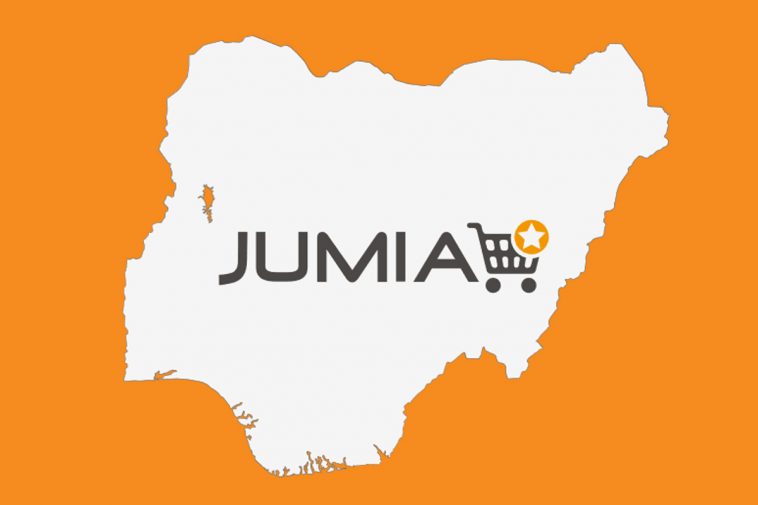In the third quarter of 2023, Jumia reported a significant reduction in its adjusted EBITDA loss, reaching $15 million. This figure represents the company’s lowest loss since its initial public offering in 2019. It shows a marked improvement from the $27 million loss in the first quarter and the $19.3 million loss in the second quarter of 2023. Compared to the third quarter of 2022, this is a decrease of $32 million, indicating a 67% reduction year-over-year and a 70% decline when adjusted for constant currency. The total adjusted EBITDA loss for the first nine months of 2023 stands at $61 million, a 61% decrease from the same period in 2022.
Jumia has also implemented strategic measures that have positively impacted its liquidity. There was a $19 million reduction in its cash position in Q3 2023, a substantial 71% drop year-over-year, in contrast to the $66 million decrease in the same quarter of 2022.
Other significant financial metrics for the quarter include a revenue of $45 million, which is an 11% decrease year-over-year but a 19% increase on a constant currency basis. The Gross Merchandise Value (GMV) was $181 million, showing a 25% year-over-year decrease but a 3% increase on a constant currency basis. However, there was a downturn in quarterly active customers and orders. Jumia had approximately 2.3 million customers, a 24.3% decrease from Q3 2022, and processed 7.2 million orders, a 23% reduction compared to the same quarter in the previous year.
Moreover, the company significantly reduced its sales and advertising expenses by 74% year-over-year, bringing them down to $4.3 million in Q3 2023. This reduction reflects Jumia’s more disciplined approach to marketing investments. Additionally, the operating loss for the quarter was $19 million, a 57% decrease from the $43 million loss in Q3 2022.
Activities behind the numbers
Jumia’s recent shift towards stronger growth foundations in critical sectors is evident in their latest data. There’s been a notable decrease in active customers and orders from the previous year, a strategic move resulting from the company’s reorganization plans started in the last quarter of 2022. As part of this strategy, Jumia consciously refined its product and service mix. This involved halting its in-house grocery service, logistics, and food delivery in select major markets where they weren’t economically feasible.
The drop in customer numbers and Gross Merchandise Value (GMV) is also due to several macroeconomic factors. High inflation is significantly affecting the buying power of customers, and import restrictions are hindering retailers’ product sourcing capabilities. Across Jumia’s operational regions, the average inflation rate is 13.5%, with countries like Ghana, Egypt, and Nigeria facing unprecedented inflation and currency devaluation this year.
However, the reduction in user engagement, about 100,000 fewer from the second to the third quarter of 2023, stems from a different cause, as per the company. They attribute it to the third quarter’s seasonality, typically marked by extended holidays and back-to-school spending that tightens family budgets. This period is generally less profitable than the second quarter, especially in primary categories such as phones, electronics, home goods, and fashion and beauty products. In contrast to the previous quarter, Jumia pointed out no significant promotional campaigns in the third quarter.
GMV growth of physical goods in five countries
Despite a drop in overall user numbers from the previous quarter, Jumia saw an encouraging 11% increase in orders from the second to the third quarter of 2023. This growth is mainly attributed to orders made through the Jumia Pay App, primarily driven by promotional activities in digital categories, particularly airtime. Orders for physical goods remained relatively stable, with only a 1% decrease quarter over quarter.
In a conversation with TechCrunch, Jumia’s CEO Francis Dufay, I highlighted the critical achievement for the company in Q3 2023: a year-over-year increase in the Gross Merchandise Value (GMV) of physical goods in five countries.
Dufay stated, “This quarter’s news is our continued significant progress towards profitability and conserving cash. This is crucial, as it shows the positive effects of our growth strategy, which is now visibly and tangibly impacting multiple countries. For instance, in the physical goods sector across 11 countries, we are experiencing GMV growth in five of them compared to last year. This is particularly encouraging as it comes in contrast to last year when we faced higher losses and had triple the marketing budget. Achieving growth in these five countries with much more efficient economics is a solid indication that our strategy is effective, and it boosts our confidence for the remaining countries to follow suit.”



